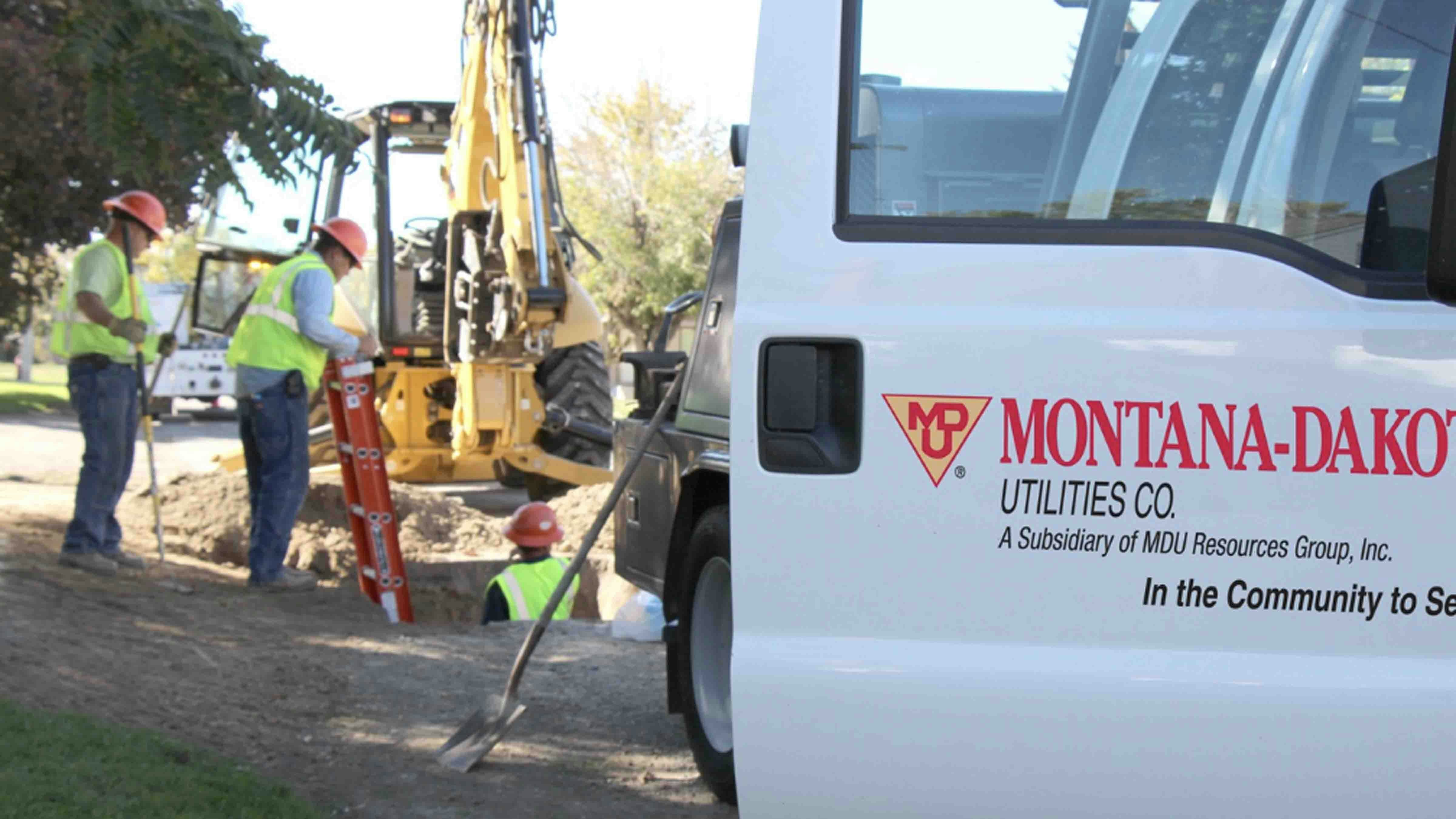The COVID-19 pandemic has affected the lives of billions of people around the globe for over 17 months.
It has shut down schools, divided communities, overwhelmed medical facilities and forever changed the way humans interact and business is conducted.
Here in Wyoming, where rural life is the rule rather than the exception, the impact of COVID hasn’t been as severe as it has been in urban areas. But public health officials who have been on the front line of the war against the pandemic are taking stock of what they learned the first time around, to apply towards this new wave of infections.
Bill Crampton, the public health nursing supervisor for Park County, said the new wave of COVID infections seems to be driven by those who have not yet been vaccinated, about 62% of Wyoming’s residents.
“For the most part what we’re seeing right now is the Delta variant,” he said. “We don’t have any numbers, we’re just operating on an assumption, because it is spreading so fast.”
And he acknowledged that there have been people who have become ill with this virus who have been vaccinated.
“There are a few breakthrough cases,” he said. “But you have to remember, there are no 100% guarantees in anything. Everybody assumes that, ‘Well, I got vaccinated, I’m not going to get it.’ That’s not necessarily 100% true. And so now we’re seeing, with a slightly more virulent form of the COVID virus, we’re having breakthrough cases. But again, they’re not as severely ill.”
In places like Cody, staff are improving on the measures they took last year when the pandemic took the medical community by surprise.
Barb Mullaney, inpatient nursing director for Cody Regional Health’s acute care and critical care units, said West Park Hospital, operated by Cody Regional Health has re-instituted its respiratory clinic hours specifically for patients with COVID symptoms and converted an entire wing to a COVID ward.
“Currently, we have 23 physical beds in our acute care, six physical beds in our critical care,” she said. “We have eight dedicated COVID beds currently, and four dedicated critical care COVID beds.”
Additionally, several rooms in the COVID wing that last year were temporarily rigged with plastic sheeting to separate airflow from the rest of the hospital have been permanently outfitted as “negative pressure” rooms.
“We flipped two rooms to negative pressure,” Mullaney explained. “So the ceiling is non-permeable now, and when the doors are closed, the air in the room blows out rather than circulating throughout the rest of the hospital. So we’ve created more negative pressure space to take care of our patients.”
For Park County Public Health, vaccine clinics are still being held weekly, according to Crampton.
“I’m now ordering doses in lots of 450, which is 75 vials, and we should have our next lot in next week, next Tuesday,” he said. “So that’ll help us with our Wednesday clinic. And, you know, we still have fairly full clinics, anywhere from 50 to 70 people per day. And then of course we’re getting many, many phone calls from folks who have had their first doses back in January, February and March, and because the news media has been talking about a third dose, everybody wants to sign up to be on a list for when the third dose is available.”
And he noted that vaccines are readily available from multiple sources.
“Now everybody’s got vaccines – Walmart, Walgreens, Osco, they’re all giving vaccines now, along with us,” he said. “So there’s plenty of places – Billings Clinic is giving it. I know that Cody Regional Health and Powell Valley are both making vaccines available to new employees. So, you know, it’s just a matter of what we did before, we’re doing it again.”
But the number one improvement this time around, according to Crampton, is communication and cooperation between agencies.
“We have strengthened relationships, and communication has really become much improved between the various organizations,” he said, noting that the decision-making power over public health regulations has been delegated to individual organizations rather than decrees from the state.
“This time there’s not going to be any state health orders,” he said. “According to (State Health Officer) Dr. Harrist, anything that comes, including schools and the mask thing, is going to come from local districts.”





